Since those pioneering days of flight, air travel has evolved to become one of the safest forms of transport. Some destinations, however, can still keep a pilot awake at night...
Nervous fliers, please look away now. If you’re the kind of person whose palms perspire at the words ‘cabin crew, take your seats for landing’, the thought of flying into an airport famed for its extreme remoteness, disturbingly short runway, or encircling obstacle course of mountains will probably make you madder than a squirrel trapped in a pedal bin.
In some cases, the airports in question are so obscure that only a small number of passengers will ever pass through the arrival gate - if indeed there is one. That said, a few of the world’s most - ahem - air-raising landing strips are gateways to major tourist attractions, leaving timorous travellers with little option but to buckle up, plot their route to the nearest emergency exit, and pray for an incident-free flight.
Oxygen masks and sick bags at the ready, everyone.
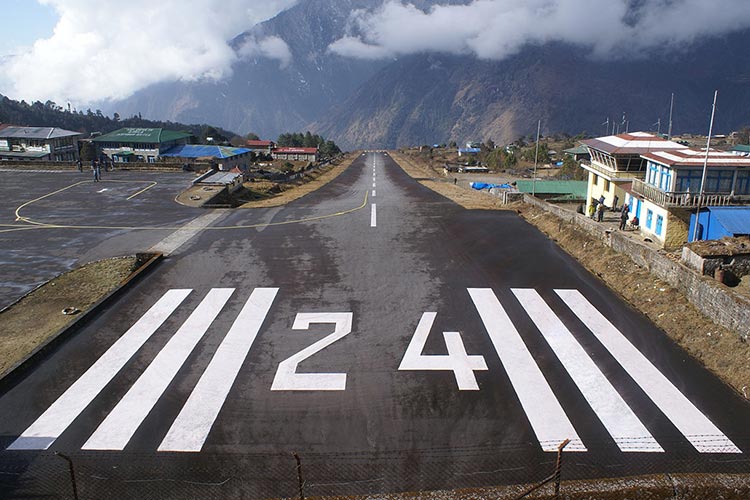
What’s the big deal?
This strip of asphalt renamed after the conquerors of Mount Everest is often cited as the most dangerous airport in the world, and it’s not hard to see why it sends shivers down more than a few spines: surrounded by spiky Himalayan peaks, Tenzing-Hillary is prone to strong winds, swirling cloud and poor visibility. The altitude - it’s 2800 metres above sea level - makes take-off and landing more tricky, and the runway is a modest 500 metres long. One end of it stops at a wall of rock; the other terminates abruptly with a 2000ft drop into the valley below. Not much room for error, then.
Worth the trip?
Thousands of travellers to Nepal think so every year, but they’re an intrepid bunch by definition: most climbers heading for Mount Everest Base Camp or trekking in the surrounding region start their journeys from Lukla.
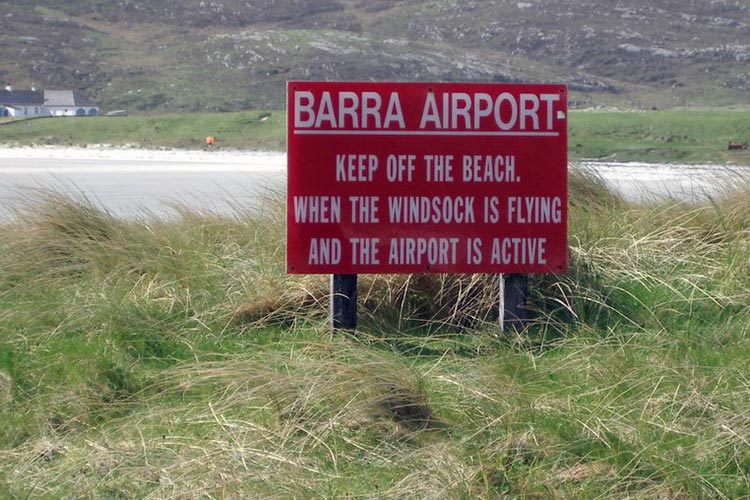
What’s the big deal?
Keep your eyes peeled for the signal if you’re planning a picnic on Barra’s Traigh Mhor beach; a failure to observe the flying wind sock means you’ve got more to worry about than a bit of sand in your sandwiches. This pristine setting becomes a makeshift runway for scheduled flights from Glasgow when the tide is out, making it one of the only official beach airports in the world.
Worth the trip?
Landing on Traigh Mhor is an unforgettable way to arrive in one of the most westerly isles of the United Kingdom. With its unspoilt landscape and friendly community, Barra is bewitching, and a great first stop on a tour of the Outer Hebrides.
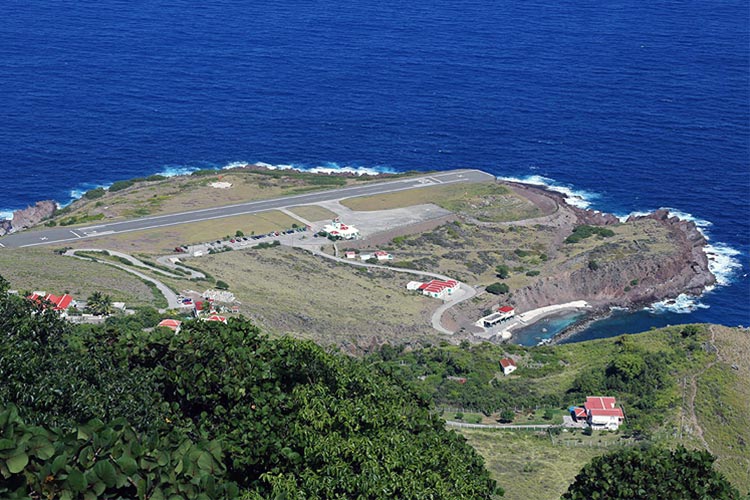
What’s the big deal?
Saba is a speck adrift in the Caribbean; it lies south of Sint Maarten and northwest of Saint Kitts and Nevis. The island is a special municipality of the Netherlands, and its airport has the shortest commercial runway in the world. How short? Less than 400 metres, which means that landing a jet here is a no-no. Small propeller planes from neighbouring islands do make the trip on a daily basis, however, touching down delicately on a stretch of tarmac no longer than the deck of an aircraft carrier. Add the fact that the landing strip has a mountain on one side and terminates with a drop into the sea at either end, and this is one descent that’ll leave you gnawing clean through your laminated aircraft safety card. Some visitors may wish to take a hint from the island’s motto - ‘with oars and sails’ - and catch a boat there instead.
Worth the trip?
Saba is small but seductive: what it lacks in beaches, it makes up for with unspun charm, good hiking (the aptly named Mount Scenery is the highest point in the Netherlands), and some excellent diving and snorkelling.
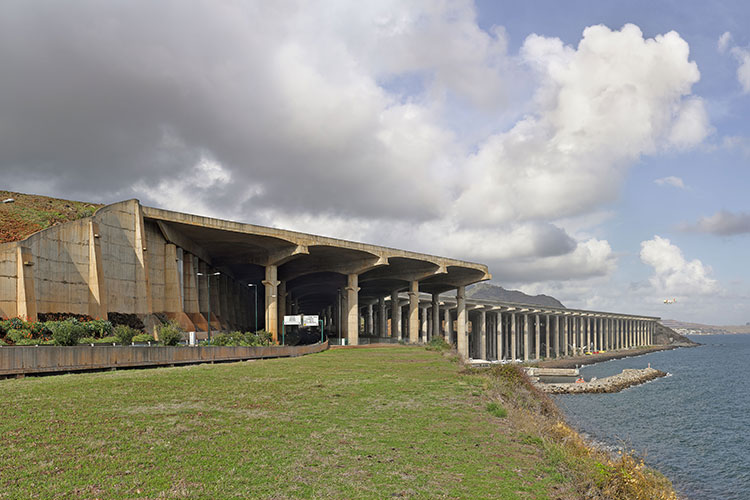
What’s the big deal?
To be fair, landing in the Portuguese island of Madeira is a lot less nerve-jangling than it used to be; over the last 50 years, the airport here has repeatedly extended its once infamous ‘mini runway’ to cope with more traffic and bigger planes. Adding no less than a kilometre of tarmac at the turn of the millennium involved suspending part of the runway on gigantic columns above the sea; a feat for which its designers won an ‘Oscar of the structural engineering world’. Nevertheless, the combination of a steep banking manoeuvre on the approach plus turbulence generated by the meeting of mountains and sea make this a demanding destination for pilots and passengers alike.
Worth the trip?
The mild year-round climate, lush sub-tropical flora and abundant sea life in the surrounding mid-Atlantic Ocean draw about a million visitors a year to Madeira.
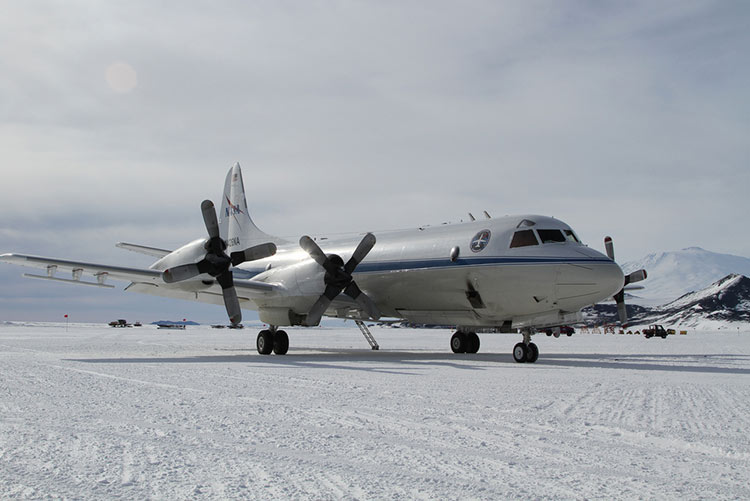
What’s the big deal?
Take a wild guess at the USP of this one; hint: the clue’s in the name. It’s not an airport as such, but one of three landing strips used to transport personnel and supplies to McMurdo Station, the largest community on the world’s most extreme continent. The runway - big enough to accommodate chunky planes like Hercules and C17s - is made of compacted ice at the start of the Antarctic summer (around October) and used until the surface starts to break up in December. During the season, the strip is as hard as concrete, but planes are prone to sink a bit once they’ve trundled to a standstill. As yet, thankfully, none have plunged clean through the ice...
Worth the trip?
Unless you’re part of the United States Antarctic Program, you’re unlikely to experience the thrill of landing on the Ice Runway. Tourists to the Great White Continent end up far, far away from McMurdo in the Antarctic Peninsula, a comparatively mild spot sometimes described wryly as the ‘Banana Belt’ of Antarctica.
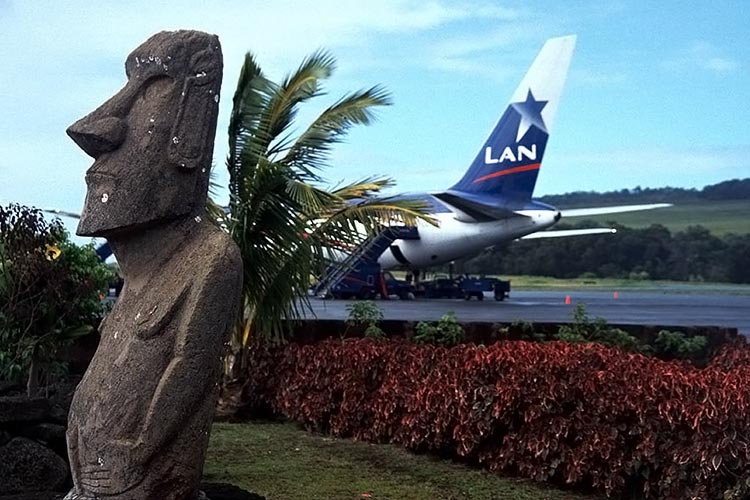
What’s the big deal?
In a nutshell, it’s a long, long way from anywhere else - about 2336 miles, to be precise, from Santiago, Chile, from where it receives regular flights. To give you a basis for comparison, that’s about the same distance between Washington DC and Las Vegas. Compared with the other oddities on this list, there’s nothing particularly noteworthy about Mataveri’s landing strip, but here’s an intriguing aside: once upon a time, this was a designated emergency landing site for US space shuttles. Such an event never came to pass, but that didn’t stop American writer G Harry Stine imagining how the scenario might unfold in his 1980 novel Shuttle Down.
Worth the trip?
Long haul it may be, but this is a perennially popular route thanks to the world’s enduring fascination with the Moai, the enigmatic stone statues dotted around Easter Island. Once you’ve spent long enough pondering their mysterious origins, enjoy the island’s many other attractions, which include superb diving, surfing, and hiking.
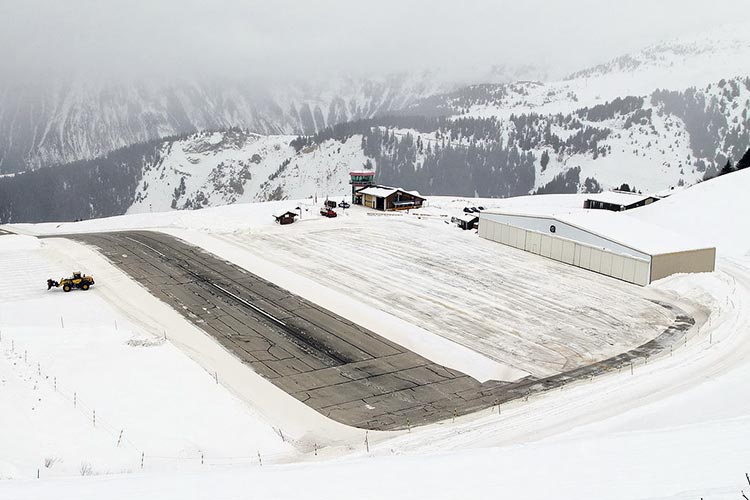
What’s the big deal?
The select group of skiers and snowboarders en route to the oh-so-fabulous French resort of Courchevel are primed for a dose of adrenaline; but they probably don’t expect to receive it before hitting the white stuff.
But that’s what you’ll get if you fly into the heart of France’s sprawling Les Trois Vallées ski area via private plane or charter flight; for Courchevel, the highest asphalted runway in Europe at 2010 metres, is a rollercoaster in every sense. Not only is it encircled by mountains and subject to the vagaries of Alpine weather - but the runway also has a large hill in the middle of the strip. The section of the strip heading uphill slows down incoming planes, while the downhill slope helps departing aircraft pick up speed as they trundle toward a precipice.
To underline the level of difficulty involved, pilots have to gain a special certification before attempting to land here.
Worth a trip?
If you can afford it, yes. This is the ‘St Tropez of snow sports’: you might bump into any number of rich, famous and powerful people as you careen through the world’s largest connected ski area. But perhaps you’d prefer to arrive via transfer from the train, which stops at Moutiers, just 24km away.